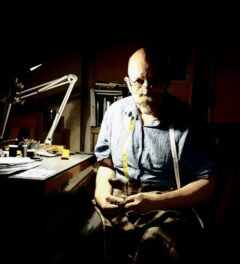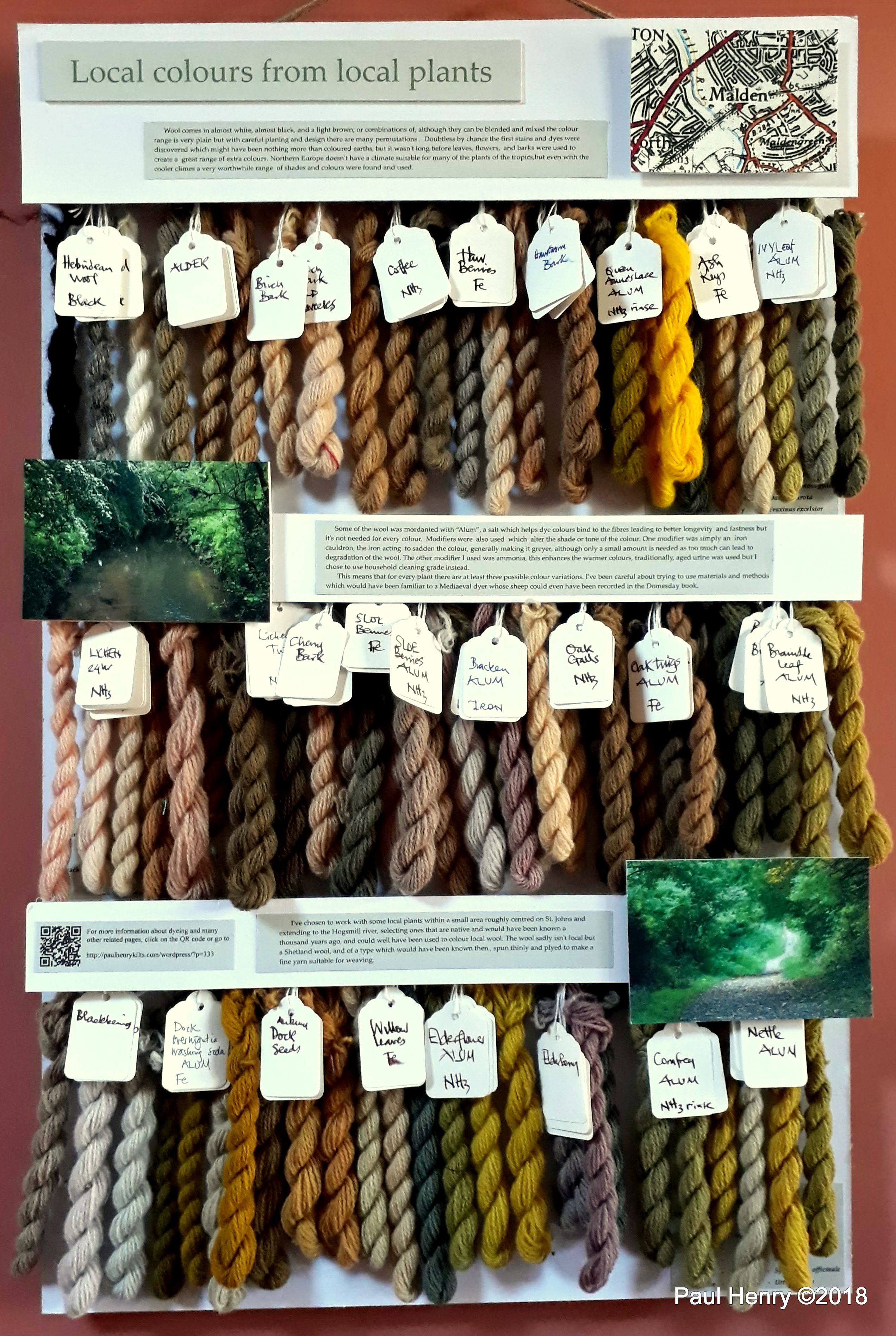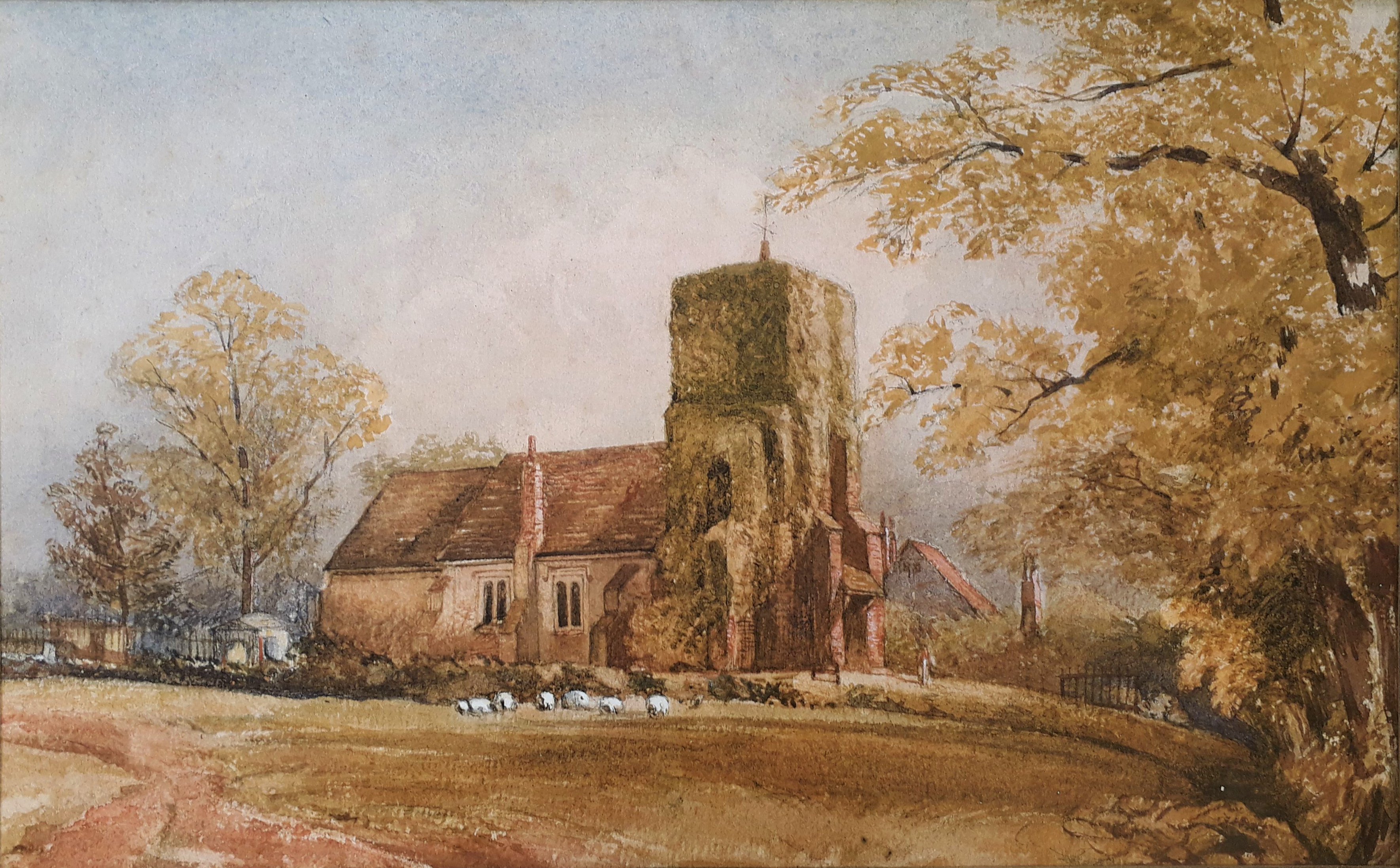There is often debate about what a tartan actually is, and how it differs from a check , and certainly in America there is usually a misunderstanding about plaids, checks, and tartans. Of course there are grey areas but essentially there is nothing between different them. A tartan is often defined as a pattern or cloth that has multiple stripes of different colours which cross at right angles forming a grid or network of lines and squares. A tartan does not need to recognised or registered by any authority to be known as such, and although it is most easily achieved through weaving, doesn’t even have to be realised on cloth.
No one really knows exactly when weaving first began, certainly many thousands of years BC, in many different parts of the world, but we can speculate that once the process was mastered it would have been fairly easy to vary the cloth by adding stripes of different wools or different colours, if this was done on the warp threads as well as the weft, then a series of grids and squares would naturally appear. Some of the earliest examples of repeating woven patterns come from the Tarim mummies from central Asia, north of Tibet, dating from about 2000 BC, and these were so expertly done one must imagine that the skill of weaving was already well advanced.
At its simplest you could have two colours with equal spacing and you have the basic tartan pattern, seen in many places, but a well known tartan one is the Rob Roy tartan. Known in America as the Buffalo plaid – said to have been created there by the Woolrich Mill in central Pennsylvania around 1856 but the idea of a simple repeating unit started a very long time before that. Gingham , which has the same design although usually smaller squares dates from the early 17th century in England. Going back much further one of the first checked or tartan fabrics found in the United Kingdom; the Falkirk tartan is a perfect example of fine weaving in just two colours, both undyed but a dark brown and a creamy white from different sheep.
Taking the idea of different coloured stripes and repeating them with different widths, broad and narrow a whole new range of possibilities opens up, even with just the two colours. With the crossing of the stripes a third colour, a 50% mix of both original colours appears. This is an important part of any woven design and sets it apart from other printed designs.
Adding a third colour and suddenly a whole realm of patterns is unlocked, with two colours the overlap creates a third, with three colours there are six total options and with four colours you the get ten possibilities .
The idea that historically tartans were all named and represent families is not true, the fabrics woven in Scotland were really produced from the local wools and dyes in each area and as the production of yarn and cloth was so labour intensive there would have been little choice other than to wear the local fabric, which of course would most likely have been family or at least district based. The idea that local dyes were dull is mistaken, a wide range range of colours is possible even from a limited geographic area and there is reasonable evidence that additional dye colours were being imported from at least the early 1500’s which would have given the weaver an almost complete range of colours to work with.
Pictures and photos will follow


